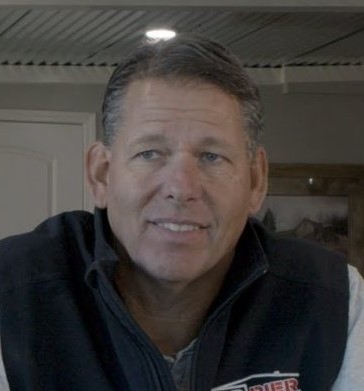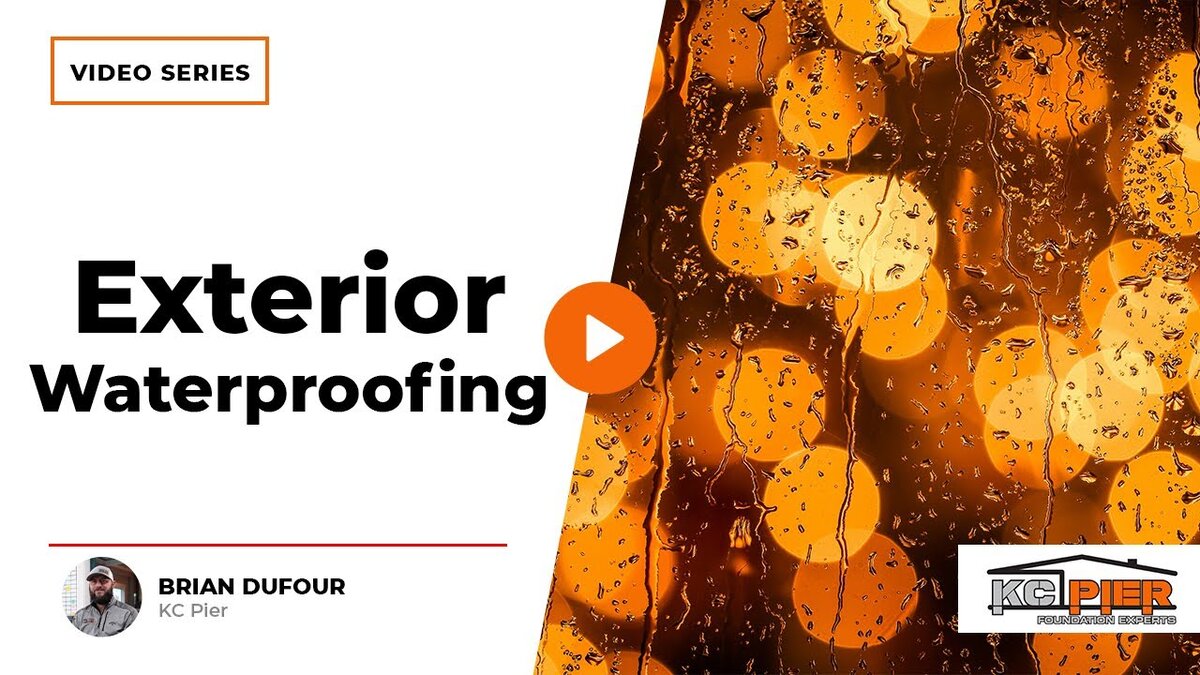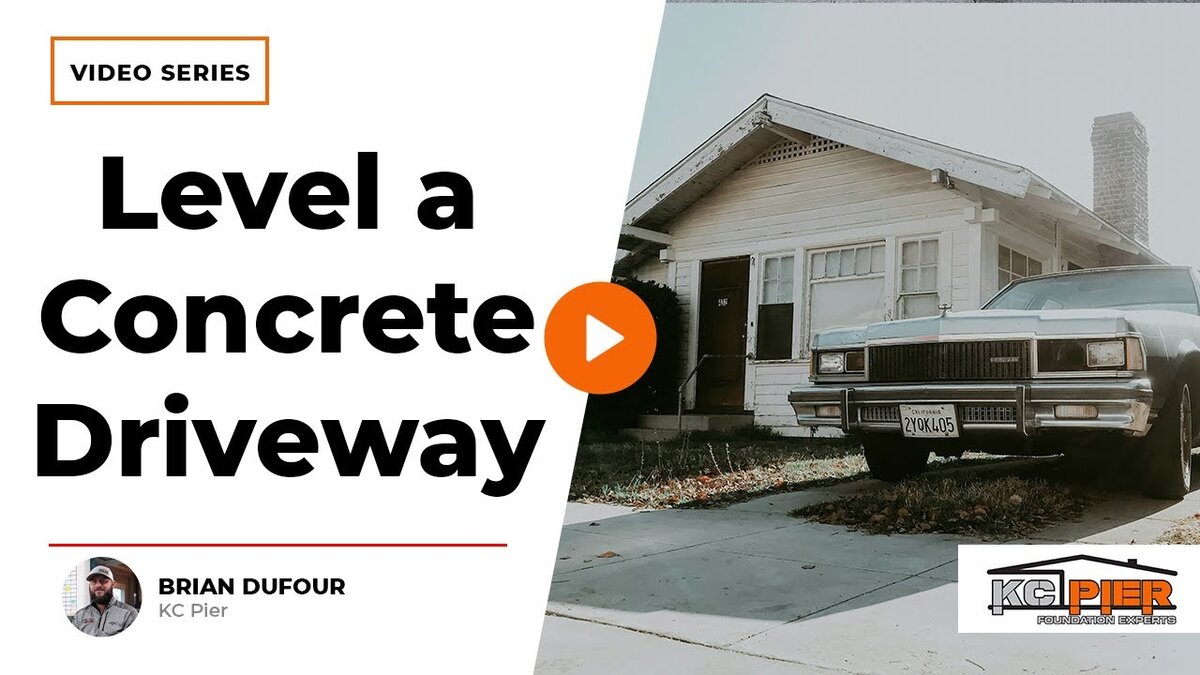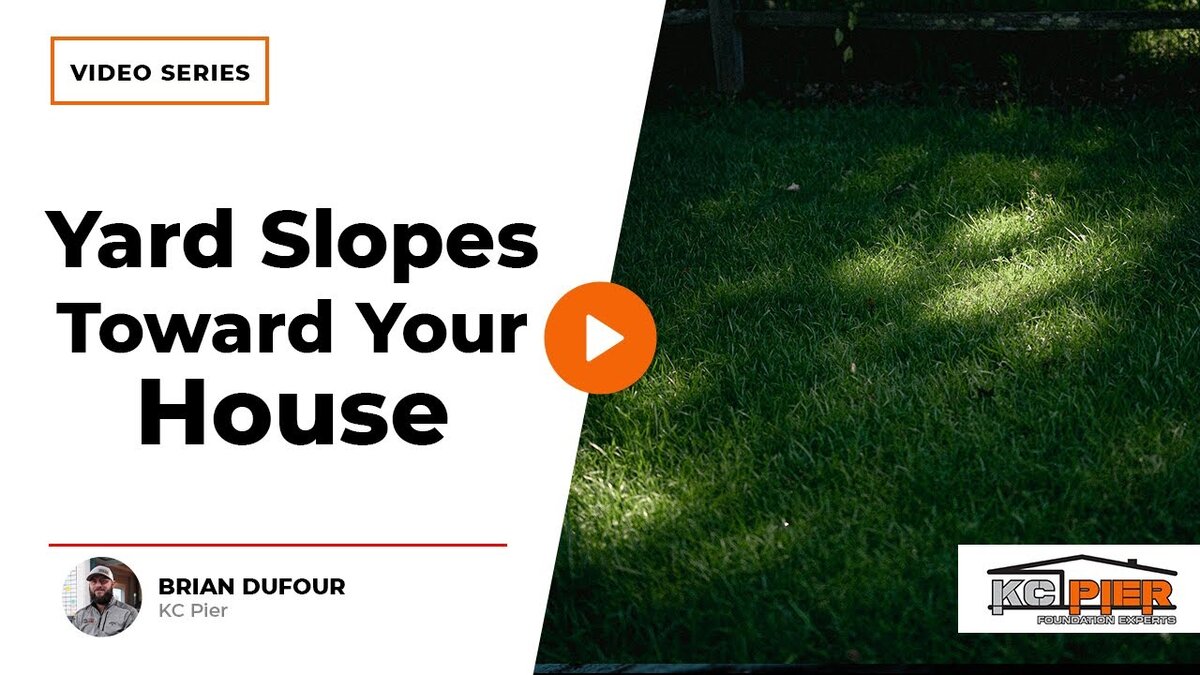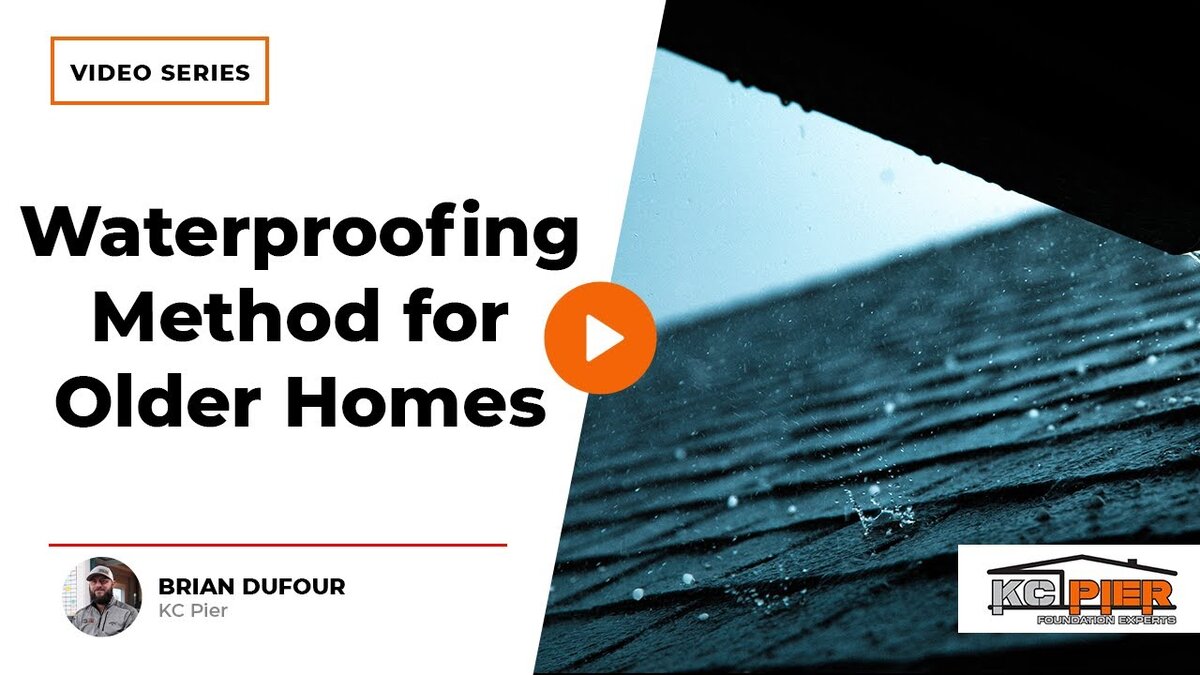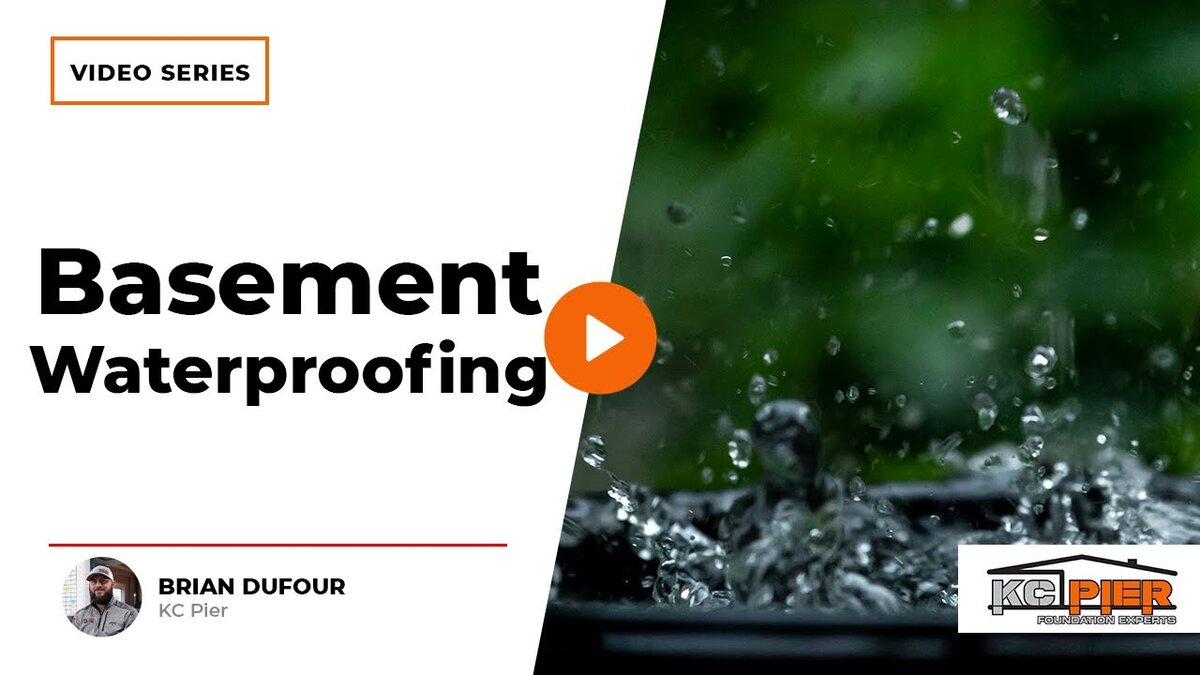When we cover topics related to foundation piering, some of our clients ask us whether it’s better to install helical piers or push piers. We think both work well, and that it mostly depends on what equipment a foundation company uses along with the geological properties of the soil beneath your property.
KC Pier uses both methods often whenever we do foundation piering for homeowners and business owners around Kansas City. Here, we’ll compare and contrast the two ways to do piering.
Helical Piers
Helical and push piers really come down to buyer preference. You can use them interchangeably but there are some differences. We install helical piers with heavier equipment like a skid steer, mini excavator, or a smaller dingo.
Our process involves hydraulically driving the piers to a specific distance. They don’t hit full resistance at a bedrock like you would with a push pier. Instead, they’re driven to meet certain pressure standards.
What are the advantages of going the helical route? Well, they’re easy to install and you don’t have to do additional digging below the footer. This makes them an attractive option for clients who want to fix serious problems without more intrusive or expensive excavation work.
Push Piers
The push-pier method, on the other hand, requires much more preparation. You have to dig a hole that goes below the footer, which takes more effort. This is because when you get into residential installation, it’s better to go below the footer and hydraulically drive push-pier segments down to the bedrock or full resistance.
Some foundation companies don’t go below the footer, instead preferring to bracket off the piers, but it’s a matter of what your equipment will allow you to do. At any rate, the helical segments won’t go as deep as push piers. Push piers can go as far as 60 feet deep (although it’s typically about 20 or 21 feet), whereas helical piers go about seven to 10 feet deep most of the time.
So, Which is Better?
Some companies will only do the helical installation because they’re less resource-dependent. The other factor relates to what kind of soil composition you have underneath your property. Other than that, you can’t definitively say one is better or the other.
Common Foundation Problems That May Require Piering
We don’t use piering for every foundation problem, but it’s a simple and permanent fix to a lot of issues that would otherwise become worse. When you go over the list of common foundation problems, you’ll see that foundation piering is a great remedy for settling. This is another way of describing the movement of soil that destabilizes your foundation’s footing.
Settling can occur for several reasons such as drought conditions. The warning signs include cracks in the sheetrock, veneers, or around your fireplace. So, if you see something wrong in any of those places, it might be time to call us for a free inspection.
KC Pier: Reliable Installation for Helical Piers & Push Piers
Whichever method you prefer, KC Pier has the best team and equipment to do the job. We do it so well that you won’t be able to tell there was any excavation work since we clean everything and leave your property as good as new.
Our business has over 100 positive reviews, according to customers around Kansas City who evaluate us for workmanship, punctuality, and customer service. Also, the online ranking group, BloggerLocal, includes us among the best companies for foundation repair in the Kansas City metro area.
Contact KC Pier to find out more about helical piers and any other foundation installation work we do.

